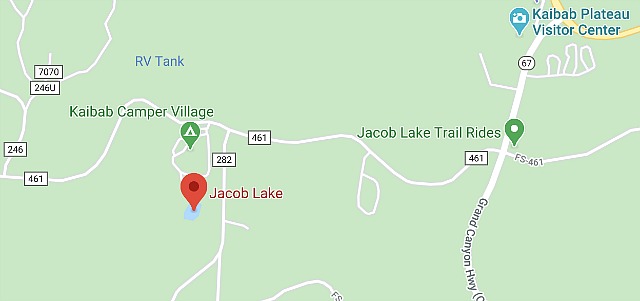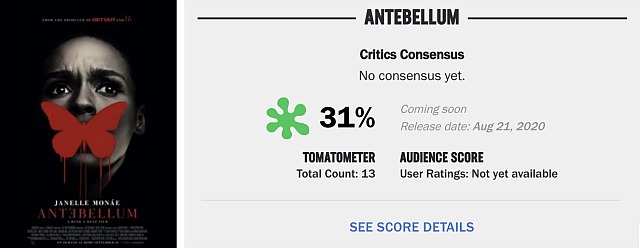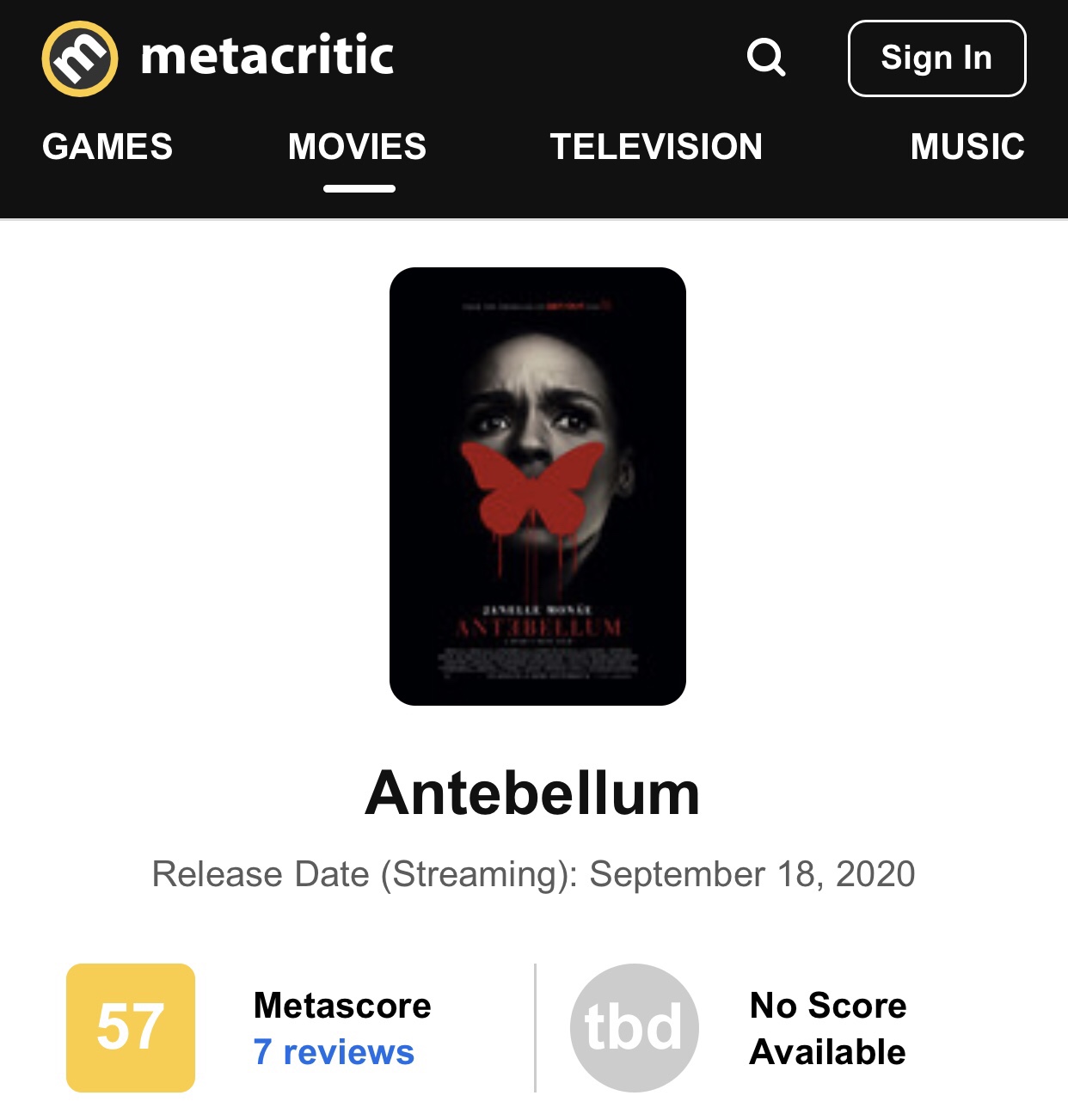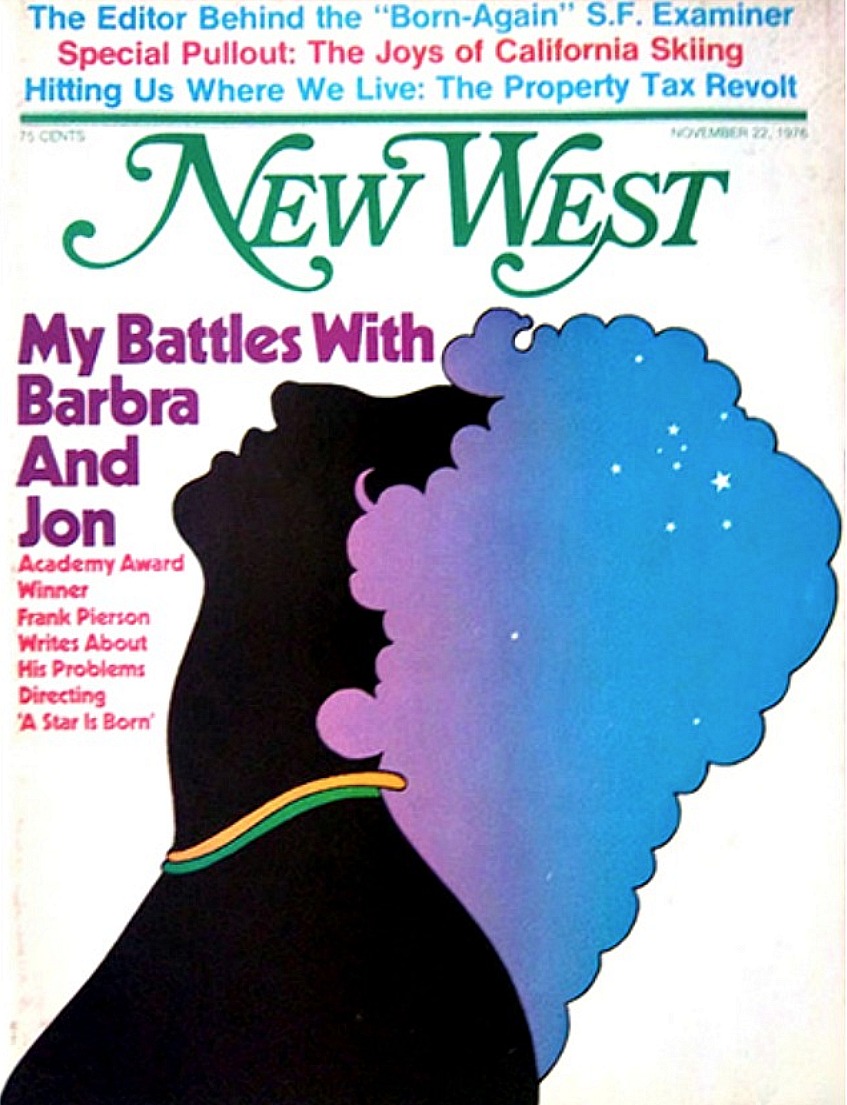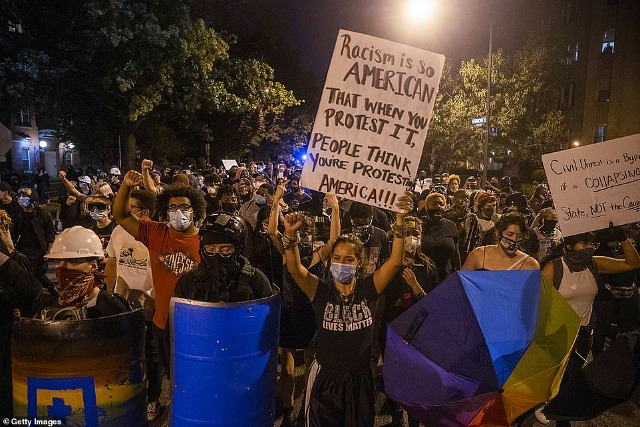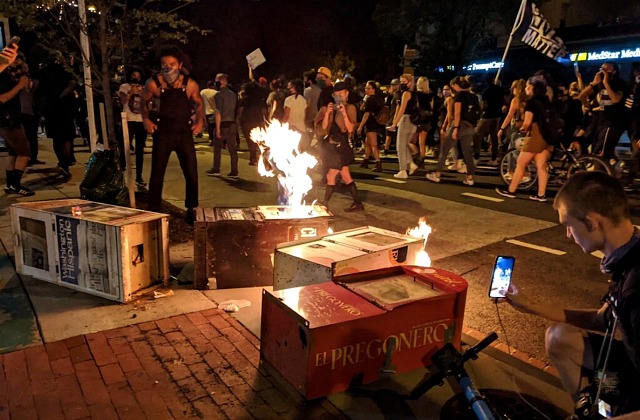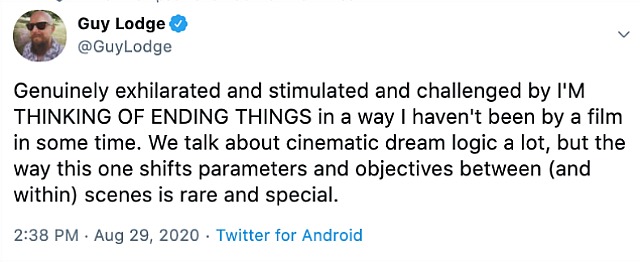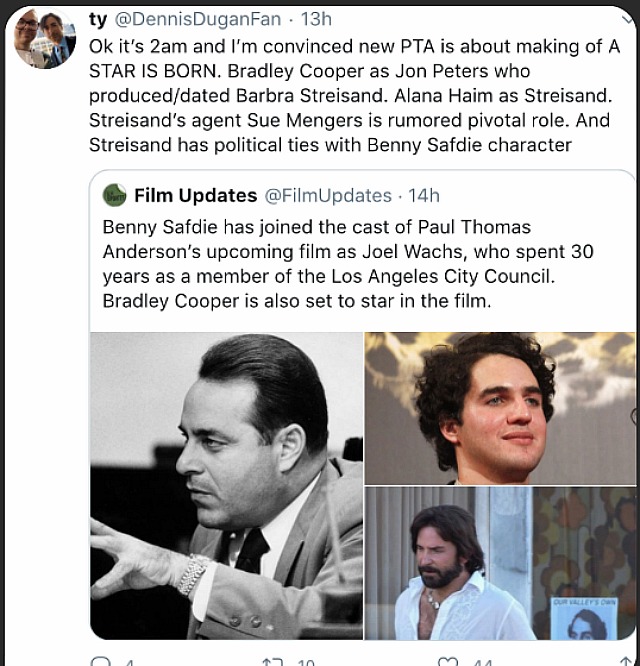Frank Pierson‘s “My Battles With Barbra And Jon” is/was a New West article that was published just after the 12.19.76 opening of Pierson, Barbra Streisand and Jon Peters‘ A Star Is Born.
I mentioned Pierson’s piece in yesterday’s “Soggy Speculation Thickens” post, but a link on the Barbara [Streisand] Archives website has been removed.
Last night I found the Pierson piece on the Wayback Machine. It’s a longish read.
Key passage: “For us, the picture cost $6 million and a year of our lives. For the audience it’s $3.50 and an evening out. If it’s a bum evening, it doesn’t make me any better or worse as a person. But if you think the film is you, if it is your effort to transform your lover into a producer worthy of a superstar [and] if you think it is a home movie about your love and your hope and your deepest feelings, if it’s your life that you laid out for the folks and they don’t smile back, that’s death.”
I’ve pasted it forthwith:
In the summer when school is out, Instamatics and flashcubes at the ready, they wait outside the homes of the stars. Hoping for a glimpse of Paul, or Clint, or Steve, or Barbra. A glimpse of a radiant life, full of wealth and fame and sex and happiness.
Pursuing in their lemming way this fantasy of stardom, they have driven Barbra Streisand and Jon Peters, her ex-hairdresser, now her partner in life’s adventure, as far as they can retreat, up a narrow country road, overhung with great oaks and eucalyptus, to a rustic ranch house buried in the Malibu mountains.
But the fans are already there, lurking outside the gate, glaring at visitors. Jon is not dismayed. He roars with exuberant laughter — “We’re training the dog to attack.”
Barbra is not happy. Her brow is furrowed and her eyes are full of hurt. “What do they want from me?” she asks. And yet they’re the paying customers whose unending eagerness to pay $3.50 and up to see Barbra show emotion is making all this possible.
All this is a golden forest, where Barbra and Jon are at play like children of the gods. The ranch house is all earth tones and artfully aged wood, peopled with Art Deco statuary, every corner filled with antiques, pictures, elegant rugs and throws and shawls, lamps, plants, objets d’art of every description, none of it going together, in such profusion only an impression of magnificence is generated. For some reason it doesn’t seem cluttered, which is perhaps part of Barbra’s secret. It is like a magical attic, in which every trunk and old discarded hat rack or moose head has a sentimental history, printed on a card. Nooks and crannies abound, a great house for hide and seek. It is completely satisfactory; I believe Barbra Streisand lives here.
A new garden is being started today, during my first visit. It arrives on a truck, and the entire thing is planted before lunch, with everything in bloom. It reminds me of an old Hollywood joke about Cecil B. De Mille and his extravagant film vision of the Bible: “This is what God would do, if he had the money.”
Read more




